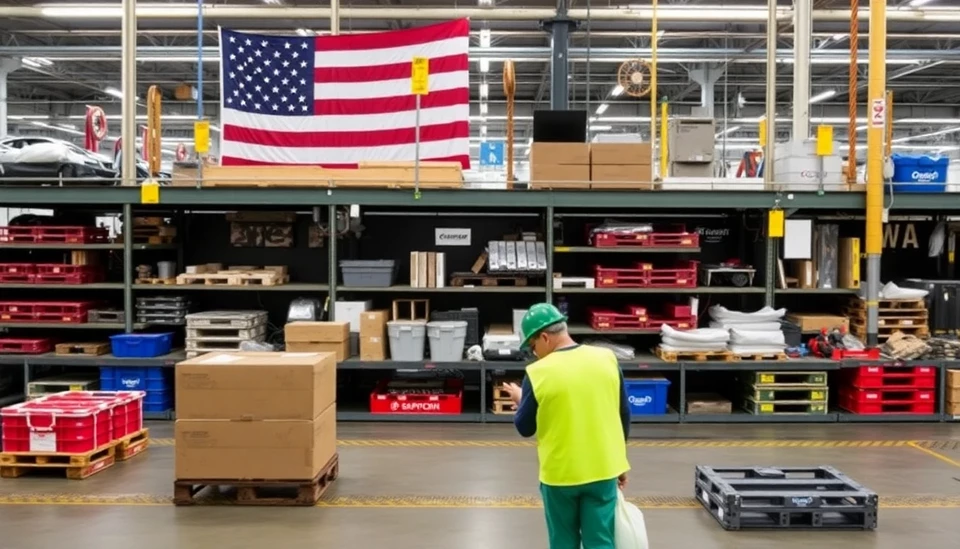
In a surprising turn of events for the manufacturing sector, new reports reveal that U.S. manufacturing activity has contracted for the first time in 2025. This decline is raising alarms among industry analysts and economic experts, who closely monitor the ongoing health of one of the country’s key economic engines.
The latest data indicates that the Purchasing Managers' Index (PMI), a benchmark for the manufacturing sector’s health, has dipped below the crucial 50 mark, a sign that the sector is shrinking rather than growing. Analysts had anticipated a steady increase in manufacturing output as the year progressed, based on previous trends and economic forecasts. The unexpected downturn has left many wondering about the underlying factors contributing to this contraction.
Various factors have influenced the recent decline in manufacturing activity. Supply chain disruptions, which had begun to stabilize, have once again shown volatility. The ongoing geopolitical tensions and fluctuating trade policies have further complicated the landscape for manufacturers. Businesses are reporting difficulties in obtaining raw materials and components, which has hampered production capabilities and led to delays.
Furthermore, rising costs for labor and materials have pressured manufacturers to reconsider pricing strategies. Many companies are facing thin profit margins, which forces them to make tough decisions, including potential layoffs or cuts in investment. This situation raises concerns about the ability of manufacturers to adapt and thrive in an increasingly competitive global market.
The downturn is expected to have ripple effects across various sectors dependent on manufacturing. Experts suggest that this could lead to a slowdown in job growth, as companies may freeze hiring or reduce their workforce in response to dwindling production levels. Economists are carefully watching the trends, as a prolonged contraction could signal broader economic challenges ahead.
In response to the grim statistics, industry leaders are urging policymakers to implement measures that can help bolster the manufacturing sector, including incentives to streamline supply chains and encourage domestic production. Additionally, there are calls for investments in technology and innovation to enhance manufacturing resilience in the face of supply chain challenges.
As the market digests this information and strategizes the next steps, the focus will be on how quickly the manufacturing sector can rebound from this contraction and what measures can be put in place to prevent a similar occurrence in the future. Analysts will continue to monitor the situation closely, as the implications of this decline extend beyond manufacturing, potentially influencing the larger economic landscape.
The future remains uncertain, but one thing is clear: the manufacturing sector, a vital component of the U.S. economy, faces significant hurdles as it navigates this latest challenge.
#Manufacturing #EconomicNews #PMI #USManufacturing #IndustryAnalysis #SupplyChainChallenges
Author: Laura Mitchell




